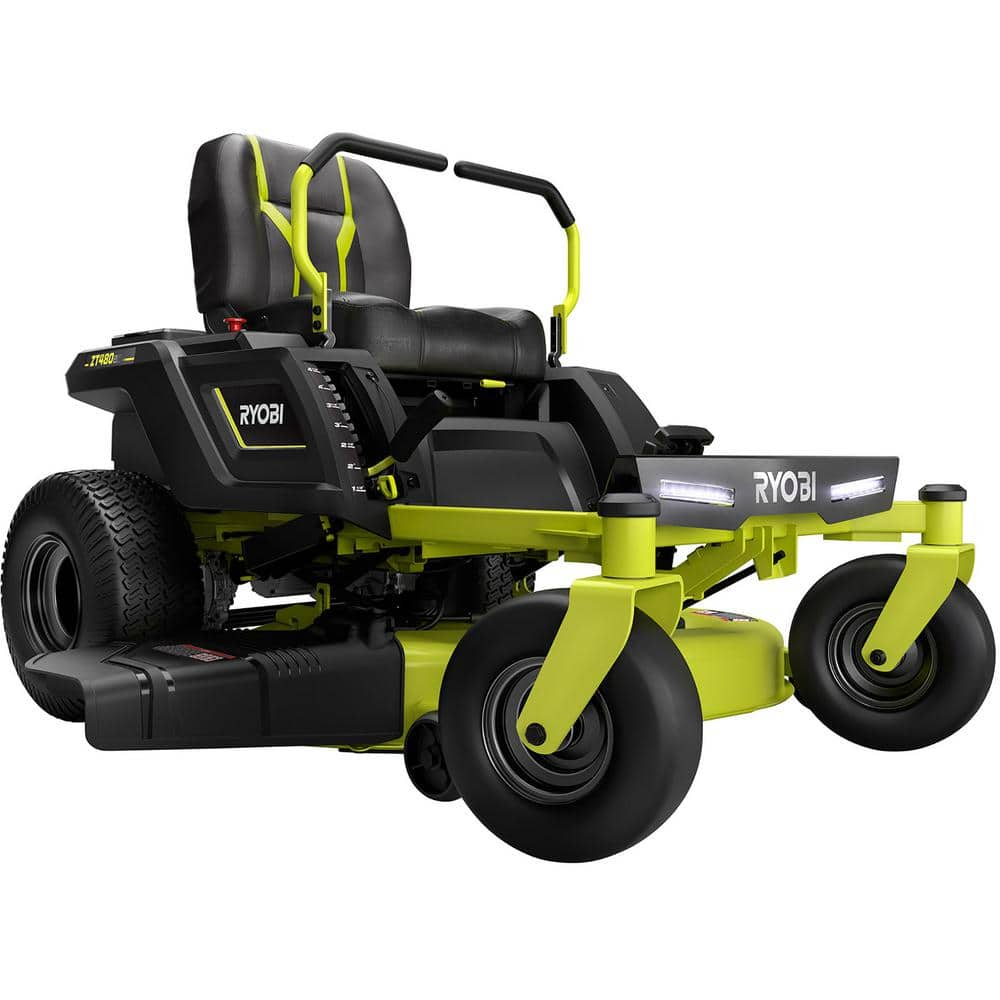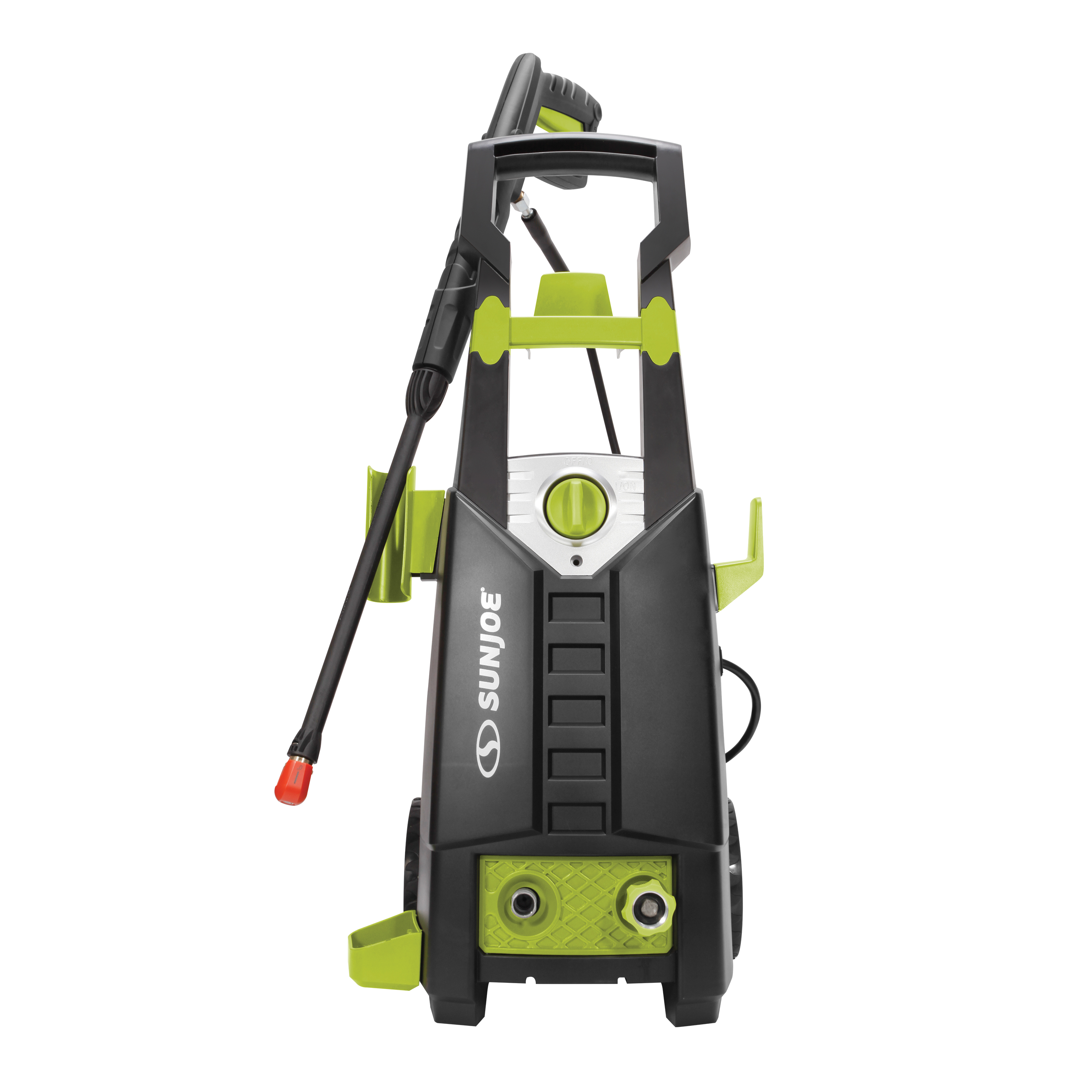Cub Cadet Ultima ZT1 42 in 22 HP V-Twin Kohler 7000 Series Engine Dual Hydrostatic Drive Gas Zero Turn Riding Lawn Mower
22 HP 725cc Kohler 7000 series twin-cylinder engine. 2 x 2 Continuous square tubular steel frame for enhanced strength. 42 in. 13-Gauge stamped cutting deck.
Introducing the new ULTIMA ZT1 SERIES. Step up to the ultimate all-around mowing experience. The Cub Cadet ULTIMA Series ZT1 42 in. 22 HP Kohler KT7000 Series Twin-Cylinder Zero-Turn Riding Mower was built to raise the bar for durability without sacrificing operator comfort. A High-strength continuous, 2 in. x 2 in. tubular steel frame provides Enhanced Strength and Durability. Features include an Automotive-inspired, ergonomic, fully knob adjustable premium 18 in. H-back seat with Durable advanced polymer seat suspension. Adjustable lap bars with Industry-exclusive over molded soft-touch ergonomic hand grips optimized for comfort, with Rubber floor mat and ample leg room. Dual LED headlights you’ll see- Brighter, longer, broader, while working before dawn or after dusk. The 42 in. stamped deck is engineered for greater airflow, to make sure clippings move through the deck cleanly and efficiently for a more even cut. By adding our optimized bagging system, specifically designed to prevent clumping and blockage, you get even more from your mowing experience. The ULTIMA Series ZT1 42 is equipped with an open frame design and hinged/removable floor pan, allowing quick and easy access to the deck and engine for ease of maintenance. Ideal for mowing Slight rolling hills and several obstacles up to 2 acres.
- 22 HP 725 cc professional-grade KOHLER 7000 series V-twin OHV engine for reliable starting and exceptionally smooth, quiet operation
- Dual hydrostatic transmissions dual hydro-gear EZT-2200 provides dual hydrostatic rear-wheel transmission for quick and effortless 7.5 MPH forward and 3.5 MPH reverse zero-turn controlled ground speeds, that quickly leaves your lawn with a professional-quality finish
- Tough and tubular frame the high-strength, continuous square 2 in. x 2 in. tubular steel frame with fully e-coat lower frame and triple guard corrosion defense system, a multi-step process electronically applies automotive-grade corrosion resistance with meticulous care to protect against wear and tear
- 42 in. Cub Cadet signature cut 12-Gauge steel cutting deck with smooth arc dual-blades, cut overlap and deep dome deck design provide flawless results, mows a wide area of grass to help reduce cutting time, rust-resistant and helps resist corrosion and provides your lawn with a clean-cut look
- Dial in your perfect cut with a foot operated deck lift and a dial control knob offering 15 quarter in. deck height adjustments from 1 in. to 4.5 in. leading to a precise and even cut
- High comfort, high performance an automotive-inspired, ergonomic, fully adjustable premium 18 in. H-back seat and a durable, advanced polymer seat suspension system, adjustable lap bars and industry-exclusive ergonomic hand grips optimized for comfort providing you the confidence to maximize your speed and reduce operator fatigue
- Turf damage prevention 11 in. x 6 in. to 5 in. smooth tread front wheels pivot 180 without turf damage, 20 in. x 8 in. to 8 in. turf master premium rear tires offer excellent traction, minimize turfing and provide a better ride on uneven ground at higher speeds
- Ease of maintenance an open frame design and hinged/removable floor pan allow easy access to the deck and engine for quick and simple maintenance
- Command center conveniently located control panel enhances operator productivity and vibration-dampening soft rubber floor mat provides sure footing, comfort and ample leg room
- Precision trimming offset front casters align with blade edge for trimming precision while maintaining line-of-sight and stable balance
- Illuminating dual-LED headlights provide ultimate vision for mowing in low light conditions and tow hitch come standard
- Mow for an extended period of time: 3.5 Gal. fuel tank capacity to keep you mowing and minimize time loss for refueling needs
- Electronic fingertip blade engagement PTO allows for smooth operation of the deck or attachments
- 3-way adjustable ergonomic lap bar design with integrated parking brake and mow-in-reverse, provides comfort with a simple operation
- Ideal for mowing slight rolling hills and several obstacles up to 2 acres
- Expand your movers capabilities: full lineup of premium attachments and accessories include baggers, mulch kits, carts and many other attachments (sold separately)
- Strongest warranty in its class: 3-year/unlimited-hour warranty plus limited lifetime warranty on frame
- Compatible 42 in./46 in. twin bagger model #19A70054100
Additional information
| Assembled Depth x Height x Width (in.) | 82 x 35 x 48 |
|---|---|
| Cutting Width (in.) | 42 |
| Front Wheel Size (in.) | 11 |
| Mower Deck Width (in.) | 42 |
| Rear Wheel Size (in.) | 20 |
| Turning Radius (in.) | 0 |
| Certifications and Listings | No Certifications or Listings |
| Manufacturer Warranty | 3-Year Limited Warranty |






by Jose
What a lawn mower. Great; meets my needs more than enough
by Theodore
The deck was not what I thought it would be not thick enough I need something bigger.
by Don
It has been winter time and we haven’t actually used the mower yet. Right now it’s still stored for the winter. However; in pre-sight, I would give it a five star. We like the Cub Cadet and yes, we would recommend it.
by Wesley
I have not been able to mow the lawn yet but it start easy and easy to use.
by Isaac
Good machine it does the job for our 1 acre lot building, great value for the money.